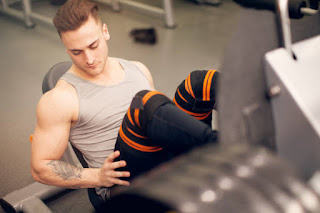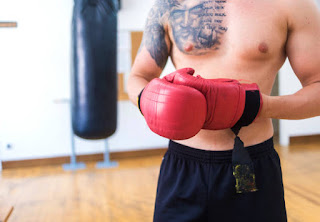What is the Purpose of Wrist Wraps?
.jpg)
Hey, fellow fitness enthusiasts! Today, we're delving into the world of wrist straps —the unsung heroes of the weightlifting realm. If you've ever wondered about the purpose, pros and cons, and the differences between wrist wraps and lifting straps, you're in the right place. Let's wrap our minds around wrist straps and uncover their potential for elevating your lifting game! The Purpose of Wrist Straps: Strengthening Your Grip Wrist straps, also known as wrist wraps or lifting straps, are essential accessories designed to provide support and stability to your wrists during weightlifting exercises . Their primary purpose is to enhance grip strength and reduce the risk of wrist injuries when handling heavy weights. By securing your wrists in a proper position, wrist straps enable you to focus on the targeted muscle groups without worrying about your grip giving out. Pros of Wrist Wraps: The Perks of Support Grip Strength Amplification: Wrist wraps help you maintain a st
.jpg)

